Among the most memorable moments of songwriting insight on national TV, as many of my fellow students of songwriting no doubt remember, is when Paul Simon went on “The Dick Cavett Show” in 1975 and did something rarely done: showed the host and his audience a brand new song in process.
Singing and playing beautifully complex chords on classical, gut-string guitar, he shared the seeds, both inspired and calculated, of what became one of his most iconic songs from his early solo, post-Simon & Garfunkel work.
It was called “Still Crazy After All These Years.”
Though Cavett continued to pepper the conversation with jokes, as was his job, Simon valiantly
played the song exquistely, smoothly articulating its beautiful progression of what musicians sometimes call “adult chords.” Unlike most songs, including almost all the ones he wrote, each verse ends on a different chord change. He plays the first two verses, leading up to the still-unwritten bridge, where he said he was stalled. (That bridge, which is discussed in the following account, changed keys and shifted the entire shape of the song.)
But at this moment in time, Simon had yet to have conceived of it, but seems content and even
playful considering his options, which he shows.
It’s ironic that, in the following account, that on Cavett he says he transfered the song from guitar to piano (as played by Barry Beckett) “probably because it didn’t lay right on guitar.” Yet, as this performance confirms, it lays beautifully on guitar. And it even uses some chord changes -guitaristic passing chords – that were ultimately changed on the recording when it got switched to keyboard. (Beckett plays it on a Rhodes electric piano, a sound closely connected with the mid-seventies, as is the sax solo by Michael Brecker, which still is heard in the “Saturday Night Live” music, which was born at the same time.
As consummate as the studio version is, this solo Simon rendition, even unfinished, is stunning.
Yet, as with “Bridge Over Troubled Water,” which he also wrote on guitar and then transfered to piano for the recording, he stopped playing it on guitar, and forgot the changes to it. The piano arrangement worked so well, which it did, that it led him to conclude his original wasn’t as strong. But hearing this, it’s clear that it was very strong. Interestingly, at least to us admitted Simon nerds, is that the record is in G major (though shifts back and forth into A major), but on Cavett he plays it in D major.
This was among the greatest songwriter moments on TV to this day, and since. Countless songwriters and musicians have said how much it impacted them. Because not only did he do it at all, he did it with a song that became a standard. Had Lennon gone this when “Strawberry Fields” was still in process, it would have rung the same bells. But he didn’t.
The title alone was intriguing enough for millions of his fans to hunger for the finished record, as it’s so essentially Simon: funny and foreboding at the same time. And his demonstration of it in its nascent stages was staggering to behold, and shed a lot of light into his writing process, which was more deeply dimensional, thoughtful and yet receptive than we knew.
Videos by American Songwriter
It showed how much focus he directed to each and every aspect of song-craft. For any who had the impression that Simon and his peers simply allowed songs to emerge, the truth was revealed. His songs were the result not only of a single process, but all at once. It was both following and leading the song while writing it, musically and lyrically both, allowing it to emerge and also shaping it.
The language is neither confessional or character-driven, but both, fusing these two schools of songwriting. It’s light-hearted but also heavy, and even portentous in certain understated declarations, such as “I fear I’ll do some damage one fine day.” Damage? To what? Not Garfunkel, we hoped.
No doubt some who watched the show concluded, “Aha! This songwriting thing is not so simple after all! Who knew?”
Songwriters knew. They knew that, unlike chefs who follow the same recipe for decades to create the same dish, or architects who devise an entire blueprint prior to building anything, songwriters don’t do this. They have no recipe, no blueprint, no plan or strategy by which their songs can be conceived and manufactured. Instead, they followed every lead, and led their own expeditions, in search of the song.
Sometimes, as Simon reveals, the process can be uncomfortable, as the songwriter is forced to
confront aspects of his own life he’d rather avoid altogether. But in the service of the song, such sacrifices get made.
The title of the song, as Simon explains, is one that came to him out of nowhere. He did recognize it was song-worthy. But he wasn’t crazy about what “Still Crazy” told him about himself. Nor was he crazy enough to throw it out, and use something less personal.
The music for the verses, as he shows, came from the chords he played on guitar, all of which were informed and expanded by his study of jazz, as he discusses.
But the music for the bridge was a whole other thing, as it was built on all the notes of the twelve-tone scale he hadn’t yet used, so as to give it a musical freshness. It was a “mathematical game,” as James Taylor called it, but one which worked.
“Oh yes,” James said, “That worked! “
Other peers of Simon also expressed admiration and some incredulity at this and similar methods employed by Paul. ” Simon’s tough, ” said Randy Newman. “You can hear how hard he works, like the changes in ‘Still Crazy.’”
Those changes distinguish it from almost all his other songs, which are all rooted in one key center.
“Still Crazy,” however, veers back and forth between A major and G major from the introduction to the ending. This was not, as Simon said, the original concept. But after writing the bridge, which leapt a whole step from G major to A before returning to G, and loving the subtle but vivid lift it gave the melody, he decided to start the introduction also in A major, leading back to G for the first verse.
Then, in the final verse, he uses a substitution chord on the ending of the phrase “I fear I’ll do some damage one fine day,” which leads from the key of G into A. It’s a momentous modulation, yet
placed in mid-stream, as it were, it gives a nifty but understated lift to the song that, unlike a typically dramatic Manilow-like key-change, is sweetly subtle. One feels it without being conscious of why.
Some music writers felt this use of shifting key centers reflected Simon’s secret soul. “It gives a faint sense of slightly demented triumph,” wrote James Bennighof, “to the singer’s declaration that he wouldn’t be held responsible for his potential mayhem.”
The writer Walter Everett wrote that the key-change was a sign of this songwriter’s “unpredictable emotional and mental state.” ]
When asked about the subtlety of this modulation during my first-ever interview with him, Simon’s eyes opened with some delight that at long last he was able to discuss this ingenious song-craft in a way he’d never before done. It led to the first of many discussions with this man over the decades, who revels in the opportunity to expound on such intricate guiding ideas, which are overlooked by most. Yet they have led to the creation of countless masterpieces, which constitute one of the greatest songbooks of all time.
So now, in his own words, is the story behind the song of “Still Crazy After All These Years,” by Paul Simon.
I met my old lover on the street one day
She seemed so glad to see me, I just smiled…

PAUL SIMON: It’s very helpful to start with something that’s true; if you start with something that’s false, you’re always covering your tracks. Something simple and true that has a lot of possibilities is a nice way to begin.
Sometimes there are second verses, and I say,”Oh, that’s really not a second verse; it’s a first verse. In “Still Crazy After All These Years,” that title phrase came to me first and it didn’t come with melody either. It just came as a line, and then I had to create a story.
I remember well coming up with the first line of the song. I was stepping into a shower when the thought came to me, and I wasn’t very happy about it either. I didn’t say, “Oh, that’s clever, that’s a good one, I can use that.” It was, at the time, an assessment of where I was at in terms of my life. And I wasn’t very happy that that was my assessment, but I soon turned it into a song.
And that’s what you do with those things, and that makes it something else. In fact, now it has almost no relevance on a personal level to me. That was a long time ago. I’ve long since stopped feeling that way. I probably wouldn’t describe myself that way. I probably wouldn’t think that way at all.
But as a rhythmic title, it worked. I mean, in a way, it’s amazing that it appears that I originated that. It seems so idiomatic, but I don’t think there was a “Still crazy after all these” anything before that.
The song could have actually been more accessible. It was kind of personal on a dark level, but it doesn’t matter because it’s just the title, and the melody of it. People know that melody in a way that they know “like a bridge over troubled water.” That melody attached to those words. They know the melody of “Still Crazy.”
That title, it has the kind of catchiness that country music titles have. You get the whole story in the title. People relate it to their own lives immediately just from the title.
There are very few other of my titles that are catchy in that way. “Fifty Ways” to do whatever, that also became a catchphrase. If “Mrs. Robinson” had been called “Where Have You Gone, Joe DiMaggio?”, well, I guess it wouldn’t have made any sense, but that also has the same kind of quality. It just applied to a lot of situations .
I was studying with a bass player and composer named Chuck Israels at the time, so I was doing more interesting changes. I was studying harmony with him, so I was more concentrated on that kind of stuff.
One of the things I know that was his suggestion was the modulation in the last verse; taking that minor chord and turning it into a major chord, and therefore going up a whole step in key. That was a nice idea. The rest of the changes were things I was working on.
It seems that once I was working with Chuck Israels, I began to write some songs where the bridge jumped a whole step up, and went to the major seventh, a whole step up. I don’t know if that was his suggestion or something I inferred from studying with him. But prior to studying with Chuck, I didn’t use that device.
I don’t remember exactly, because I wrote “Still Crazy” on guitar and then made the record on piano. I didn’t play it, so I forgot.
I wrote the bridge based on something I learned from Antonio Carlos Jobim. In fact, I once mentioned that to [Jobim] and he said that he wasn’t aware of it at all. [Laughs]
It was kind of an exercise that I did, which was to try and get every note from a twelve-tone scale into the song, So what would happen is that I would cover most of the notes in the song and there would be maybe three notes that I couldn’t get into the scale of the key I was using. And those three notes were really the key to the bridge.
Usually it would be a tritone away from whatever key you were using. If you are in the key of C, the farthest away you can go is at F#. That’s the key that’s least related to C.
I can’t recall exactly why I chose to make it a piano song. Probably because it didn’t lay right on an acoustic guitar. I don’t know, it was just some instinct. The same with “Bridge Over Troubled Water.” I just knew immediately. So when I write the song on guitar and transfer it to piano, I lose touch with what I did.
Also, because I was working with really gifted pianists like Richard Tee and Barry Beckett, they might change the chords suddenly, change the bass note of the chord. So the song might have evolved harmonically because of some other musician’s input after I took it off the guitar and gave it to them.
The words are personal. It sounds like I was talking about where I was then. I have the same instinct as all writers: if something from my life works, I use it. If I have to change it and exaggerate it because that works, I’ll change it and exaggerate it.
I’m not committed to telling the truth. I’m committed to finding what the truth is in the song. But that’s not a commitment to telling everyone what’s going on with you. That’s very common.
The original record of that is a very satisfying record; it’s one of the best records I’ve ever made.

“Still Crazy After All These Years” was the title song and opening track of Simon’s third solo studio album,”Still Crazy After All These Years,” 1975. It was produced and engineered by Phil Ramone.
Paul Simon, vocals
Barry Beckett, Rhodes keyboard
David Hood, bass
Roger Hawkins, drums
Michael Brecker, saxophone
Bob James, woodwind arrangements, string arrangements
“Still Crazy After All These Years”
By Paul Simon
Lyrics:
I met my old lover
On the street last night
She seemed so glad to see me
I just smiled
And we talked about some old times
And we drank ourselves some beers
Still crazy after all these years
Oh, still crazy after all these years
I’m not the kind of man
Who tends to socialize
I seem to lean on old familiar ways
And I ain’t no fool for love songs
That whisper in my ears
Still crazy after all these years
Oh, still crazy after all these years
Four in the morning
Crapped out
Yawning
Longing my life away
I’ll never worry
Why should I?
It’s all gonna fade
Now I sit by my window
And I watch the cars
I fear I’ll do some damage
One fine day
But I would not be convicted
By a jury of my peers
Oh, still Crazy
Still Crazy
Still Crazy after all these years
© 1975 Words and Music by Paul Simon

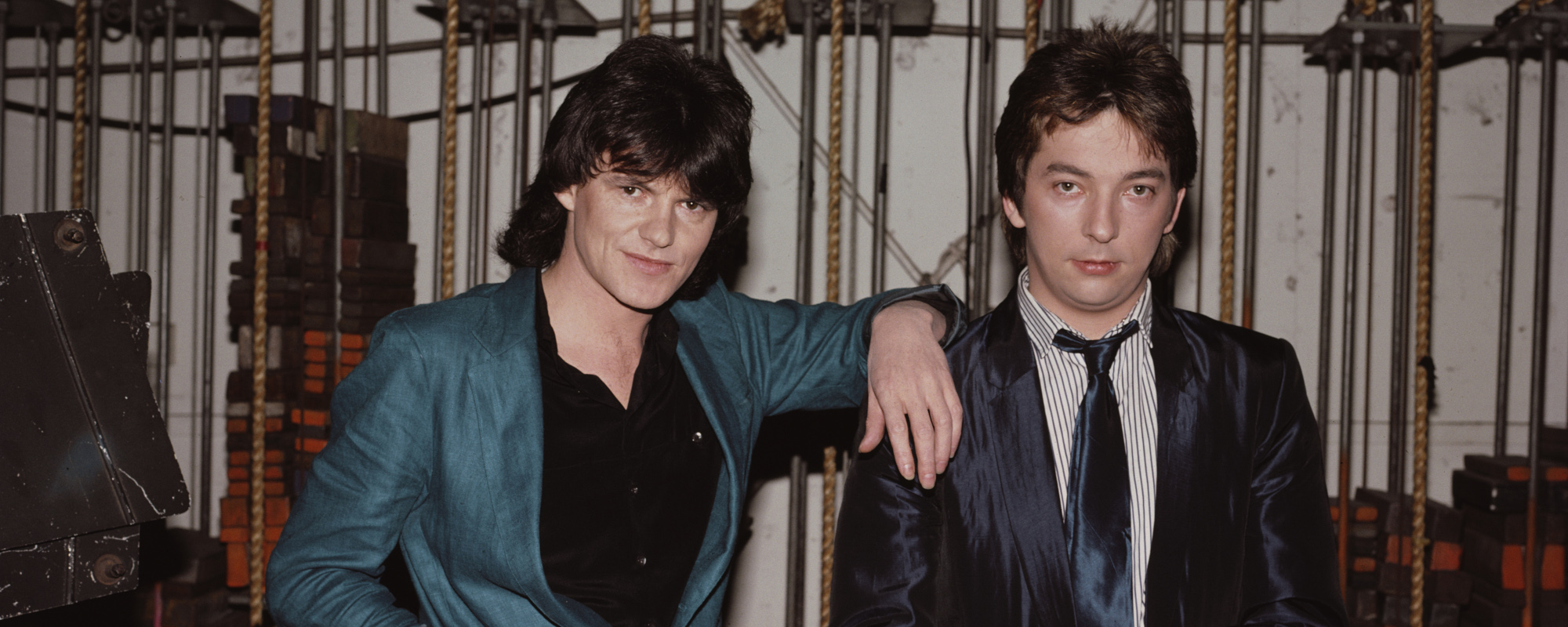
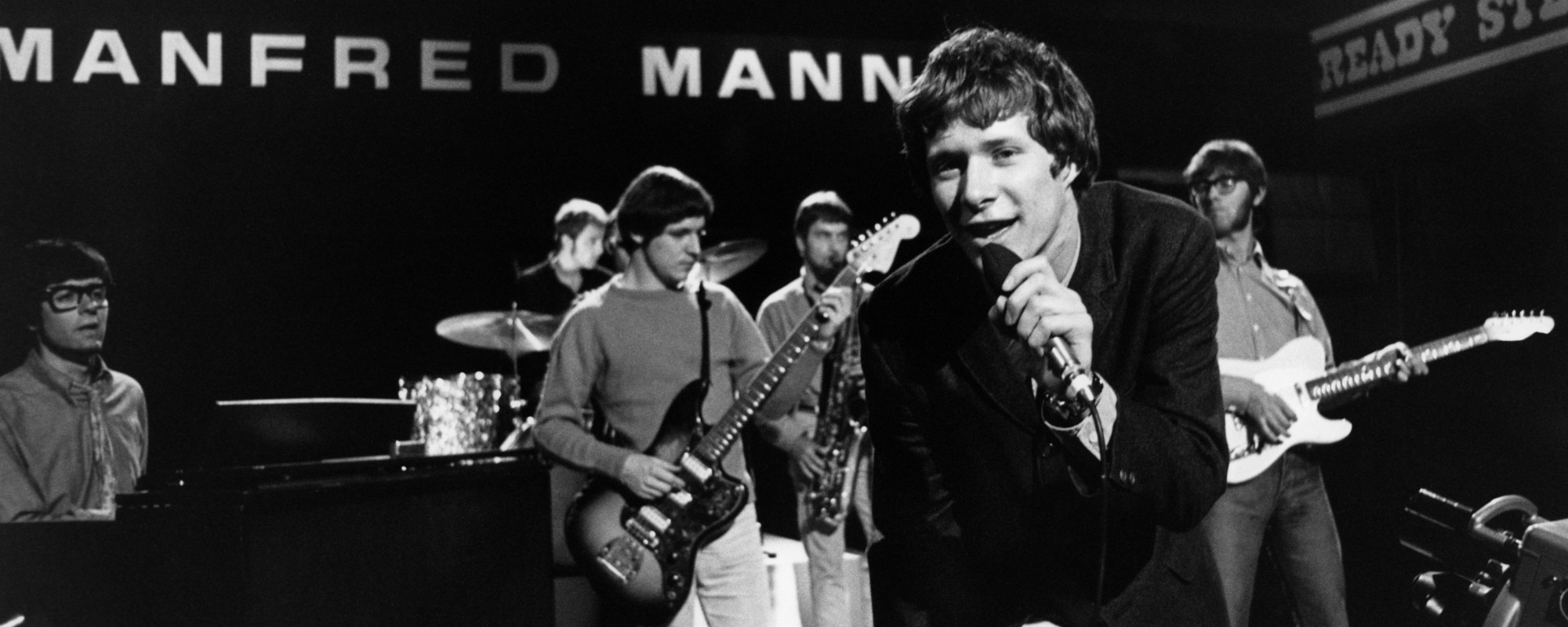
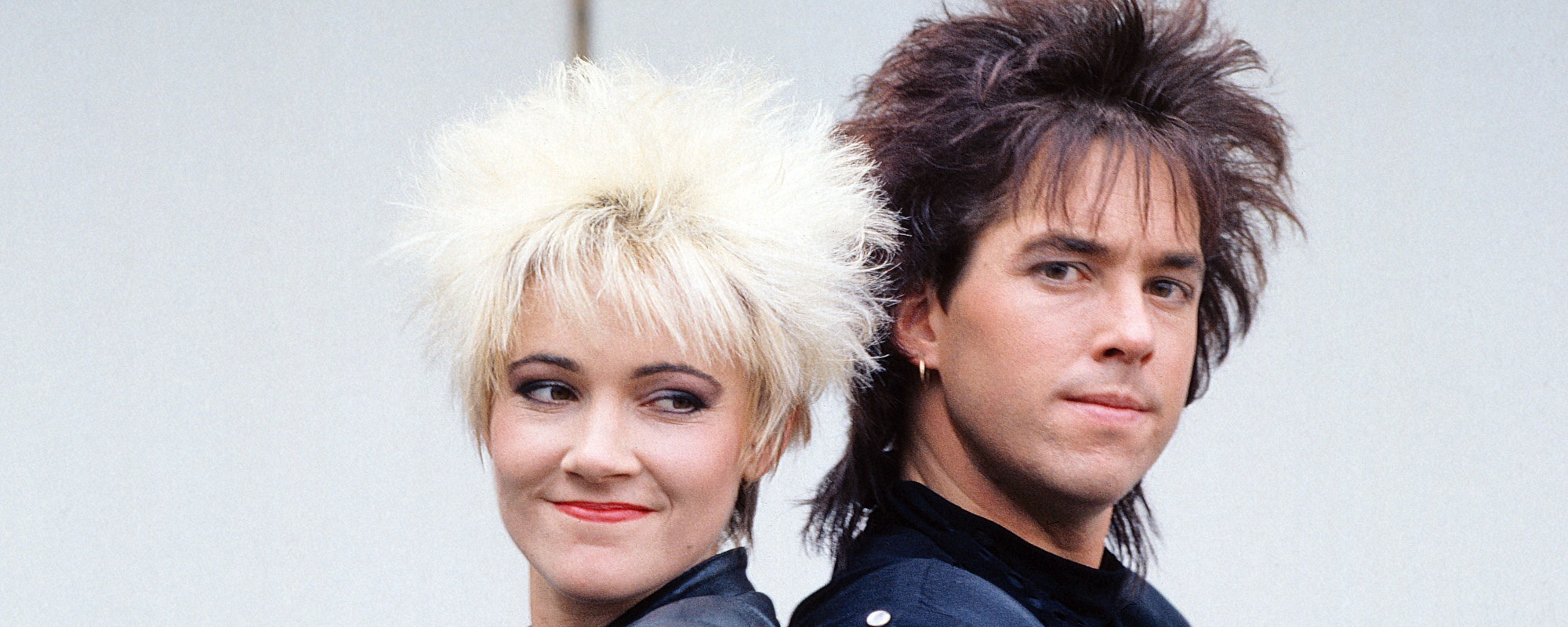
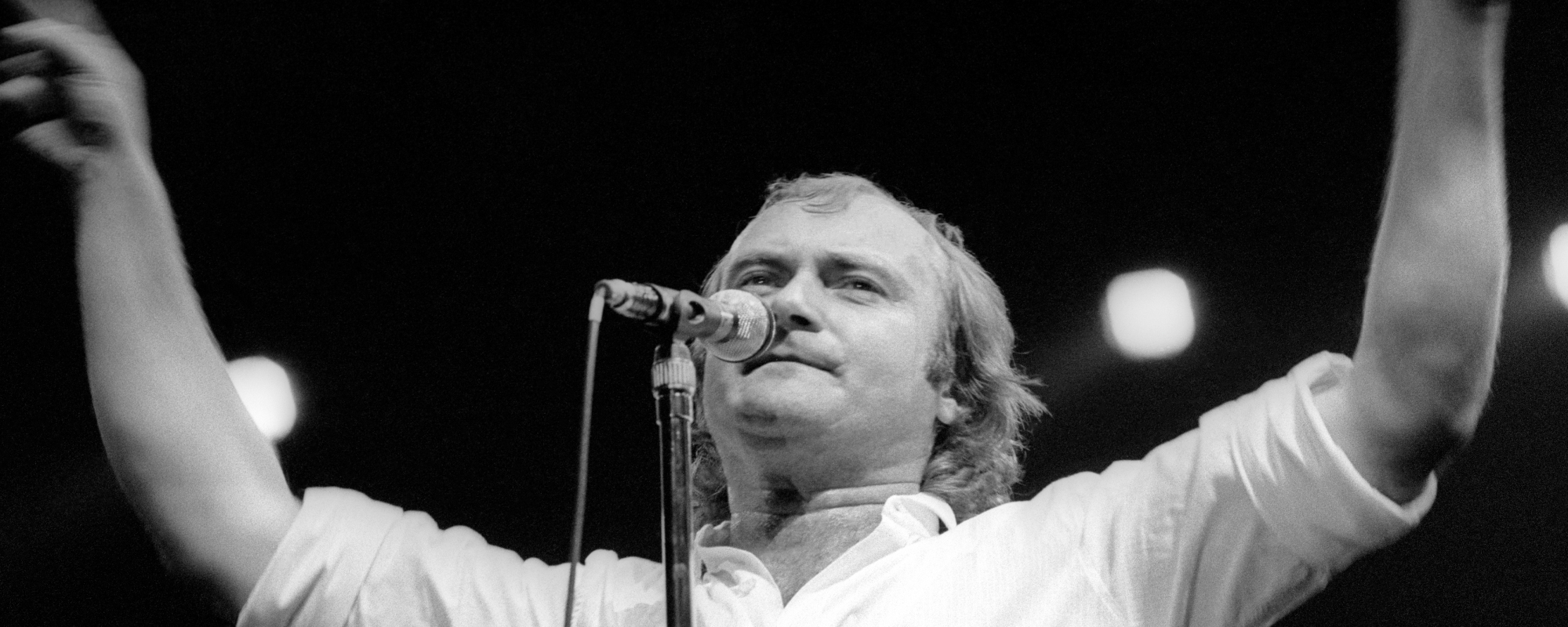
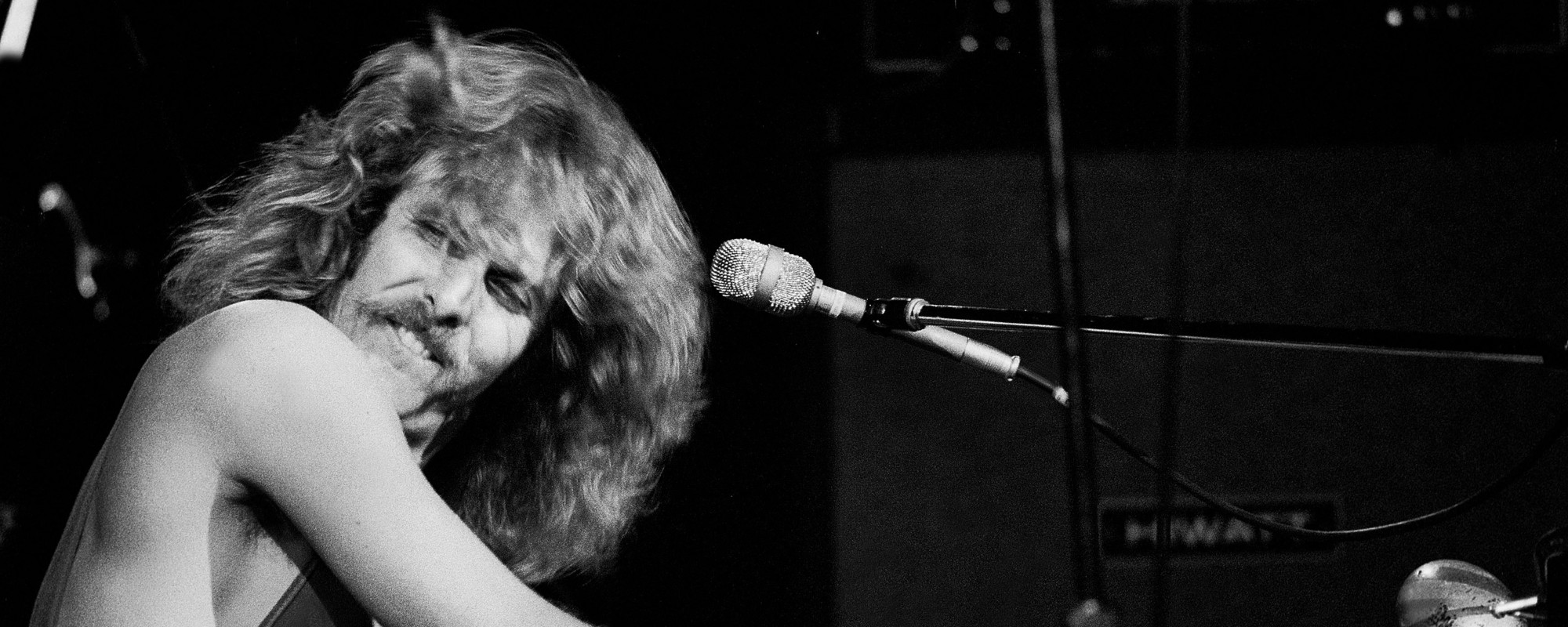






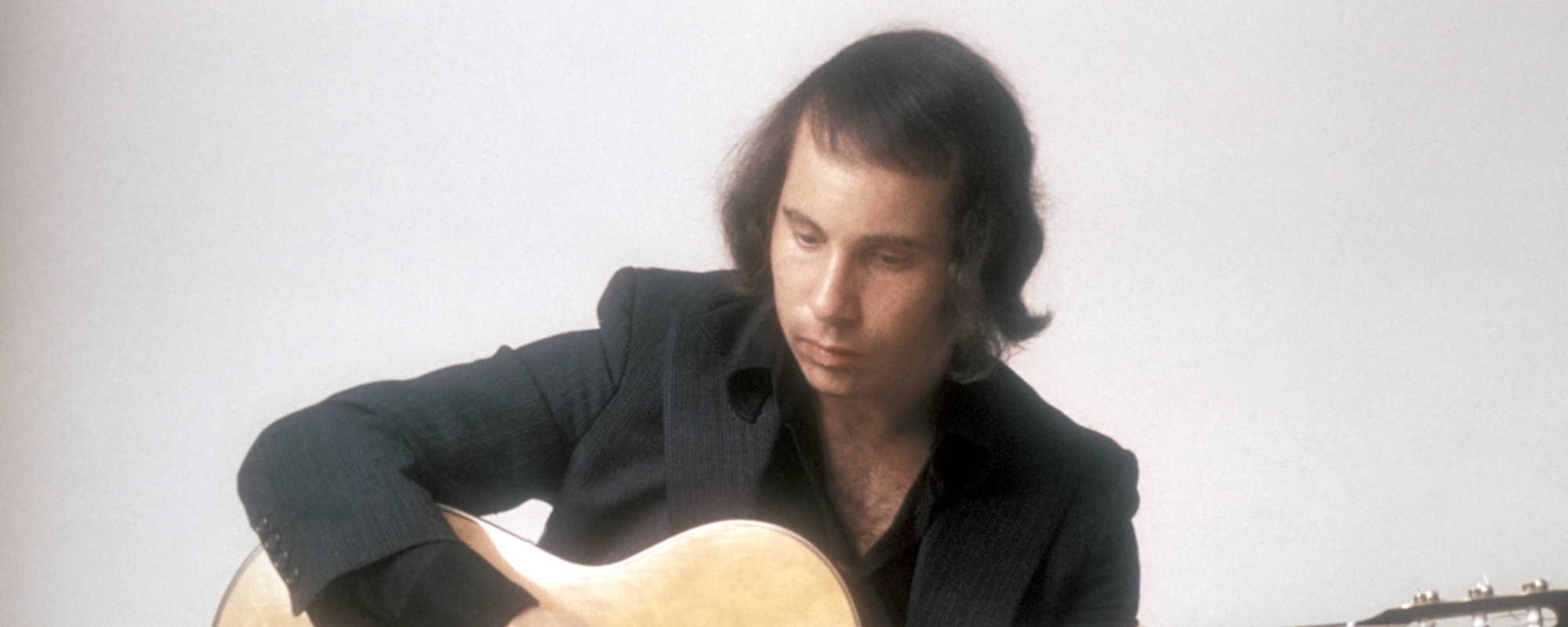
Leave a Reply
Only members can comment. Become a member. Already a member? Log in.